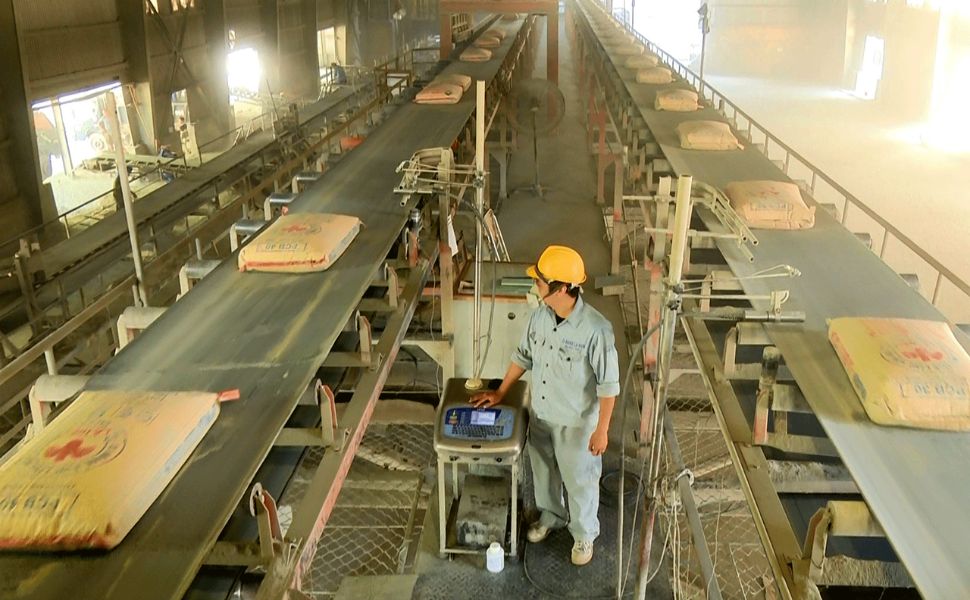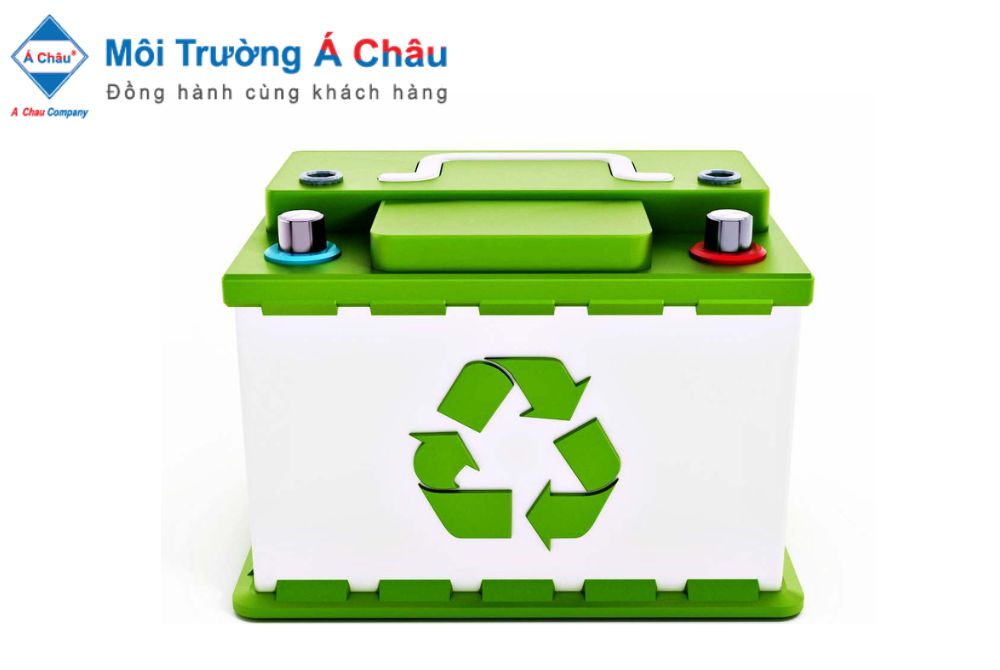The Cement Industry on the Journey Toward Net Zero 2025
Cement enterprises must strive to maximize financial resources and take advantage of tax policies and Government subsidies to address major challenges on the journey to achieving net-zero by 2050.
In the context of international integration, Vietnam’s cement exports to the EU are currently impacted by the Carbon Border Adjustment Mechanism (CBAM). Although CBAM has not yet imposed fees and only requires carbon footprint reporting, starting from January 1, 2026, businesses will have to calculate the carbon emission cost differential for each unit of cement product exported to the EU. This strict regulation will significantly affect production costs and export prices.
Nevertheless, some argue that CBAM’s impact on cement is not a major concern, as Vietnam’s cement exports to the EU account for only about 2% of total cement exports. However, this does not mean the cement industry can overlook this regulation. In reality, countries such as Japan, the United States, and Singapore are also implementing CBAM-like mechanisms, and many other nations may introduce similar policies in the future. This reflects a global trend that cement businesses must prepare for and adapt to.
Not only in the EU market but also domestically, the cement industry must comply with greenhouse gas emission quota regulations, leading to increased product costs regardless of whether the products are consumed locally or exported. Businesses in the industry face not only the challenge of innovating production technology but also the costs associated with complying with greenhouse gas emission reduction requirements. This is a crucial factor that enterprises must consider in their production and business planning.

The cement production line at La Hien Cement Joint Stock Company - VVMI (Image: thainguyen.gov.vn)
According to industry experts, to overcome these challenges, cement businesses need to develop long-term strategies while ensuring that their production and business plans align with sustainable development trends and the circular economy, helping to meet the emission reduction requirements and the increasingly strict environmental standards. Adopting “green” strategies, “sustainable growth” and “circular economy development” not only supports environmental protection but also provides a long term competitive advantage.
Additionally, staying updated and fully understanding legal regulations regarding corporate rights and obligations is crucial. Businesses must have a clear grasp of emission reduction policies and the benefits from Government incentives. One of the most notable points is that the current Government’s tax policies encourage activities that reduce greenhouse gas emission. Accordingly businesses are exempt from corporate income tax on revenue generated from selling carbon credits. This helps reduce the financial burden on businesses during the green transition.
Moreover, the Draft Law on Corporate Income Tax (amended) is being submitted to the National Assembly, proposing an expansion of exemptions from taxable revenue for income generated from selling greenhouse gas quotas. This is a positive signal for cement enterprises, encouraging them to actively engage in activities that mitigate environmental impact.
Finally, cement enterprises must closely monitor market developments and understand market growth patterns, especially changes in environmental regulations and financial support mechanisms. Proactively updating trends and adjusting strategies in a timely manner will not only help businesses maintain competitiveness but also maximize financial opportunities and minimize long-term production costs.
Source: Sustainable Production and Consumption - Towards a Green Future, "The Cement Industry on the Journey to Net Zero 2050", published on March 10, 2025, available at: https://scp.gov.vn/tin-tuc/t24071/nganh-xi-mang-trong-hanh-trinh-tien-toi-net-zero-2050, access date: 12/03/2025.













